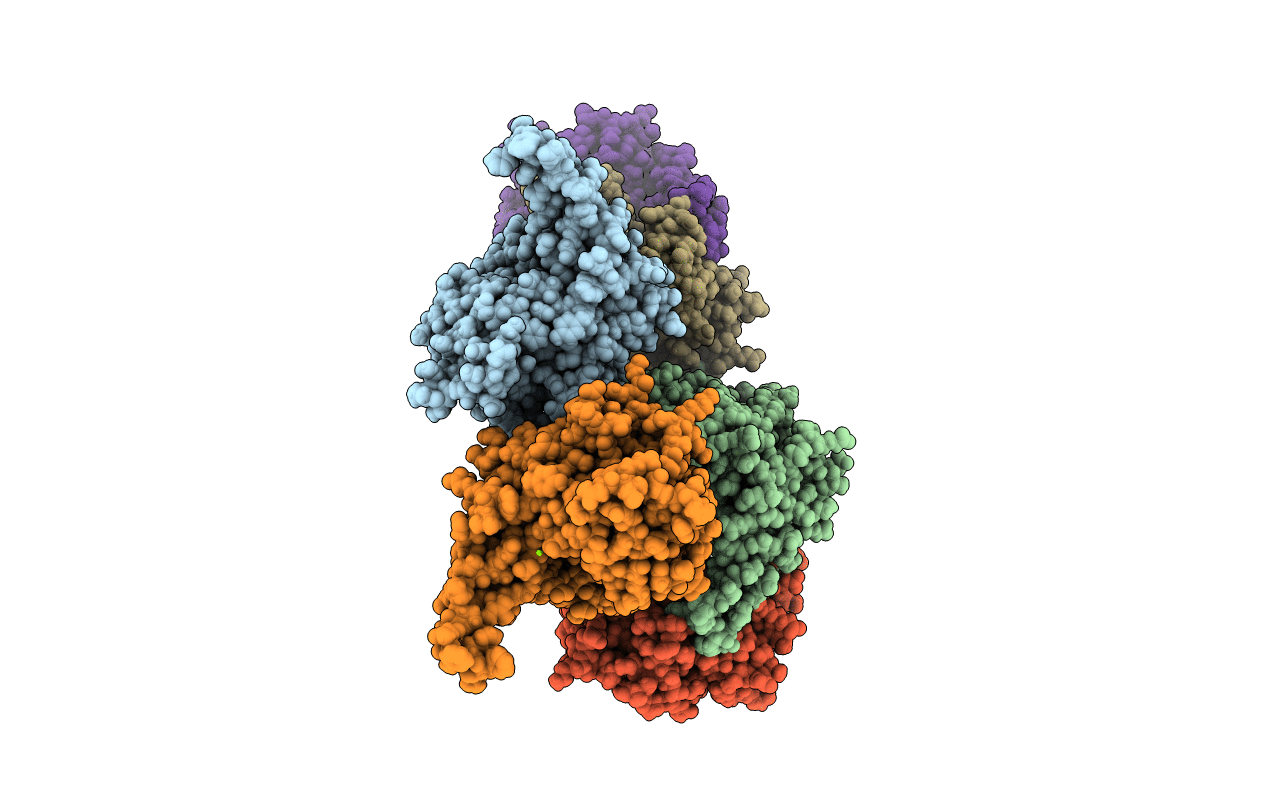
Deposition Date
2015-11-23
Release Date
2016-06-22
Last Version Date
2024-11-06
Entry Detail
PDB ID:
5EX1
Keywords:
Title:
Crystal structure of cyclophilin AquaCyp300 from Hirschia baltica
Biological Source:
Source Organism:
Host Organism:
Method Details:
Experimental Method:
Resolution:
2.05 Å
R-Value Free:
0.21
R-Value Work:
0.17
R-Value Observed:
0.17
Space Group:
P 1 21 1


